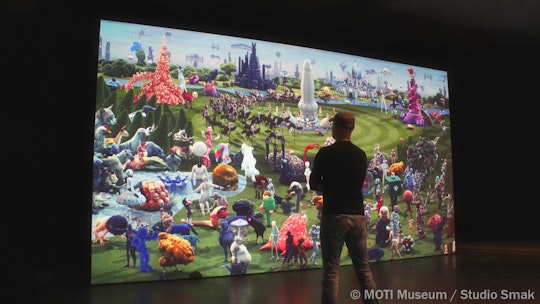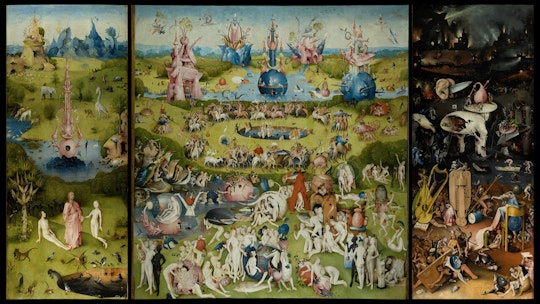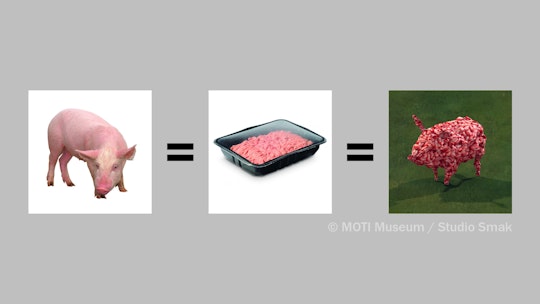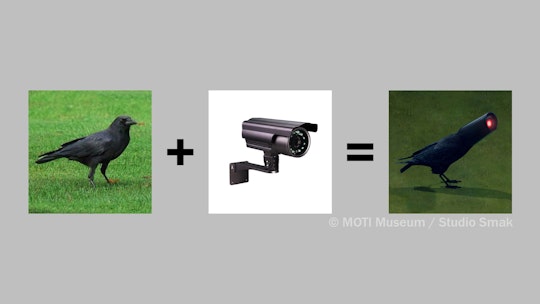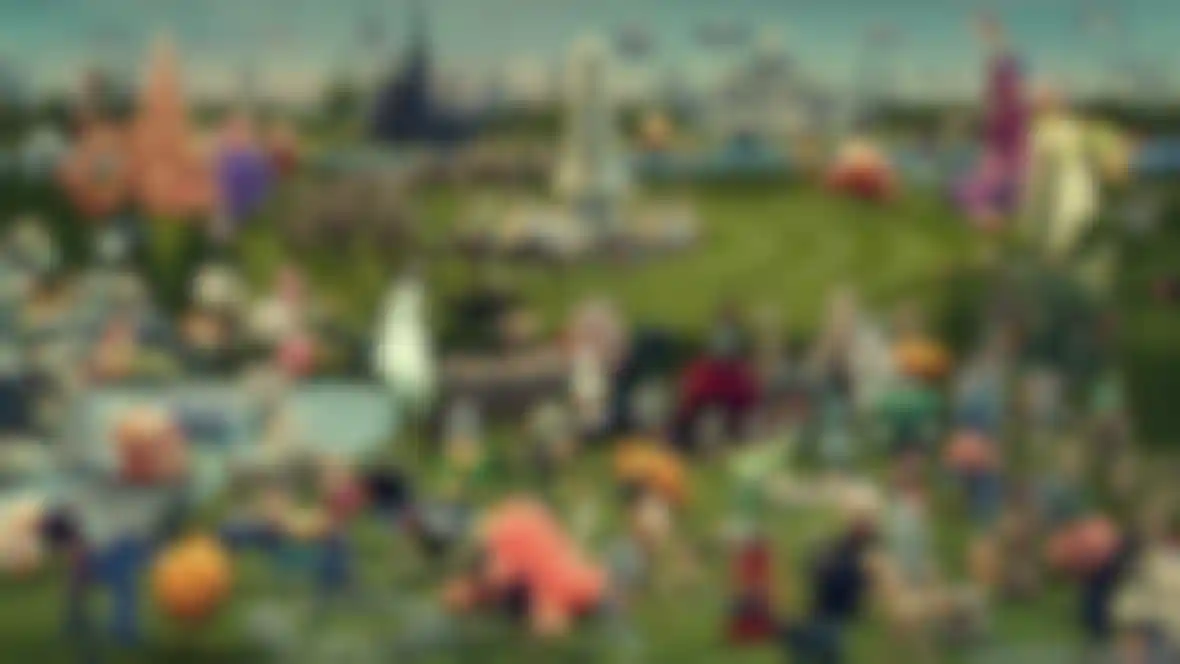
The Garden of Earthly Delights Dutch Studio Smak used Cinema 4D to bring the visions of Renaissance painter Hieronymus Bosch to life.
The Renaissance is arguably the most important period in art in Europe that witnessed an amazing revival of drawing, sculpture and architecture and fine art painting. The Dutch painting master Hieronymus Bosch was one of the early Renaissance masters whose works are still revered as visionary. As part of its celebration of Bosch's 500th birthday, the MOTI museum in Breda, Netherlands, decided to give his most famous work, The Garden of Earthly Delights, which is the centerpiece of a triptych, a special treatment: Studio Smak was given the job of digitally recreating this masterpiece from the Middle Ages and creating an animation in a contemporary look.
“The first step was to adapt the terrain from the original painting to a digital environment. We needed a lot of room since we had to fill the scene with a lot of various creatures. The original painting is really densely populated and after we began implementing all of our ideas we quickly had more than 200 figures that all had to be animated!”
As a rule, a rig is used to animate characters but this is a task that nobody at Studio Smak really likes to do. This is why the team looked for alternatives to make their lives easier and eventually stumbled across Mixamo, a rigging service provided by Adobe. “Considering the number of characters we were working with, this really saved our bacon! The models were uploaded, a rig was added automatically and Mocap data was added. Then the character was ready to do its thing,” remembers Thom Snels who, together with Ton Meijdam, makes up the Studio Smak team. “Other tasks such as combining a character’s various animations or creating seamless transitions between loops were done in Cinema 4D.”
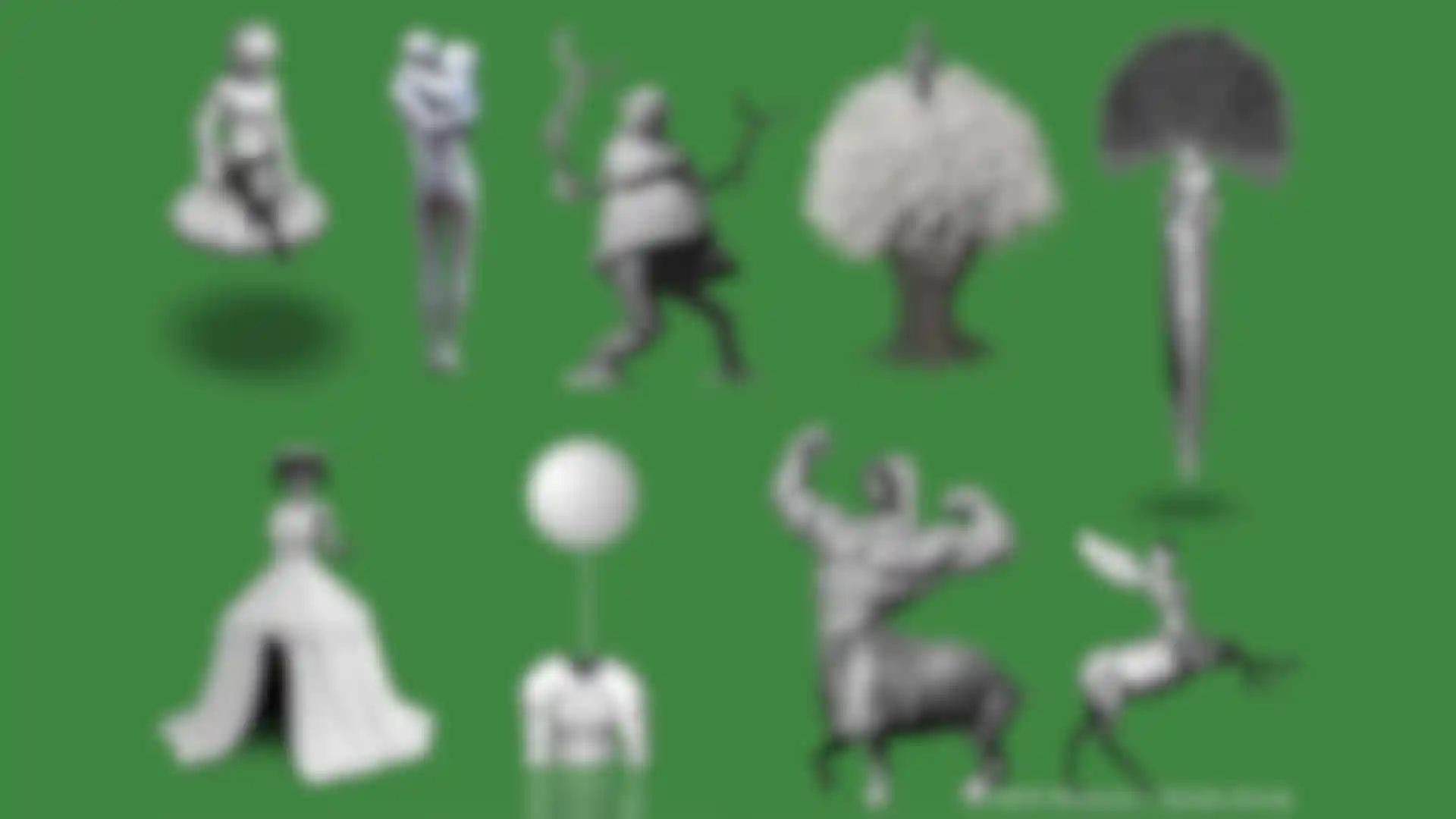
“A real challenge was matching the perspective of the original painting,” says Thom. Bosch painted his pictures using a perspective common in the Middle Ages in which no real vanishing point exists. The individual elements look like they were simply stacked on top of one another. “To reproduce this perspective effect in our animation we used a camera with a parallel perspective. Each element was rendered individually and scaled accordingly in the compositing phase,” says Thom.
“We created these illustrations and the animation exclusively for MOTI (Museum Of The Image) and used just about every trick possible in the Cinema 4D book: Cloner objects to multiply individual elements, Effectors to create specific movements and character tools for the characters’ general movements.”
“Looking back all I see is the incredible amount of work we had to put into this project and that Cinema 4D never let us down,” remembers Thom.
Studio Smak Website:
www.studiosmack.nl
Studio Smak at Facebook:
www.facebook.com/STUDIO-SMACK-287330375863/
